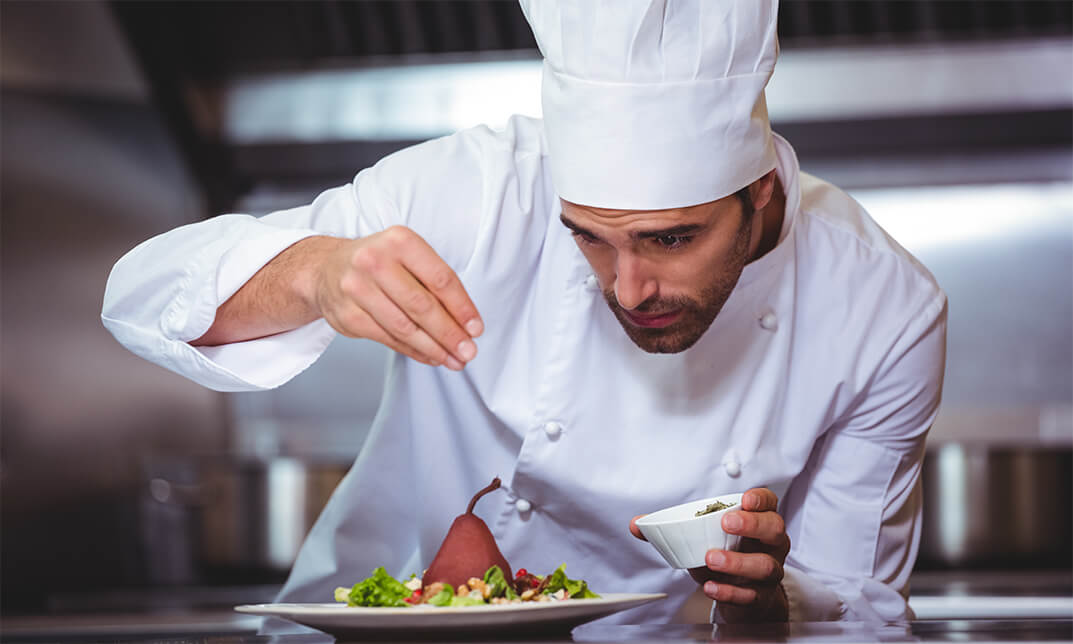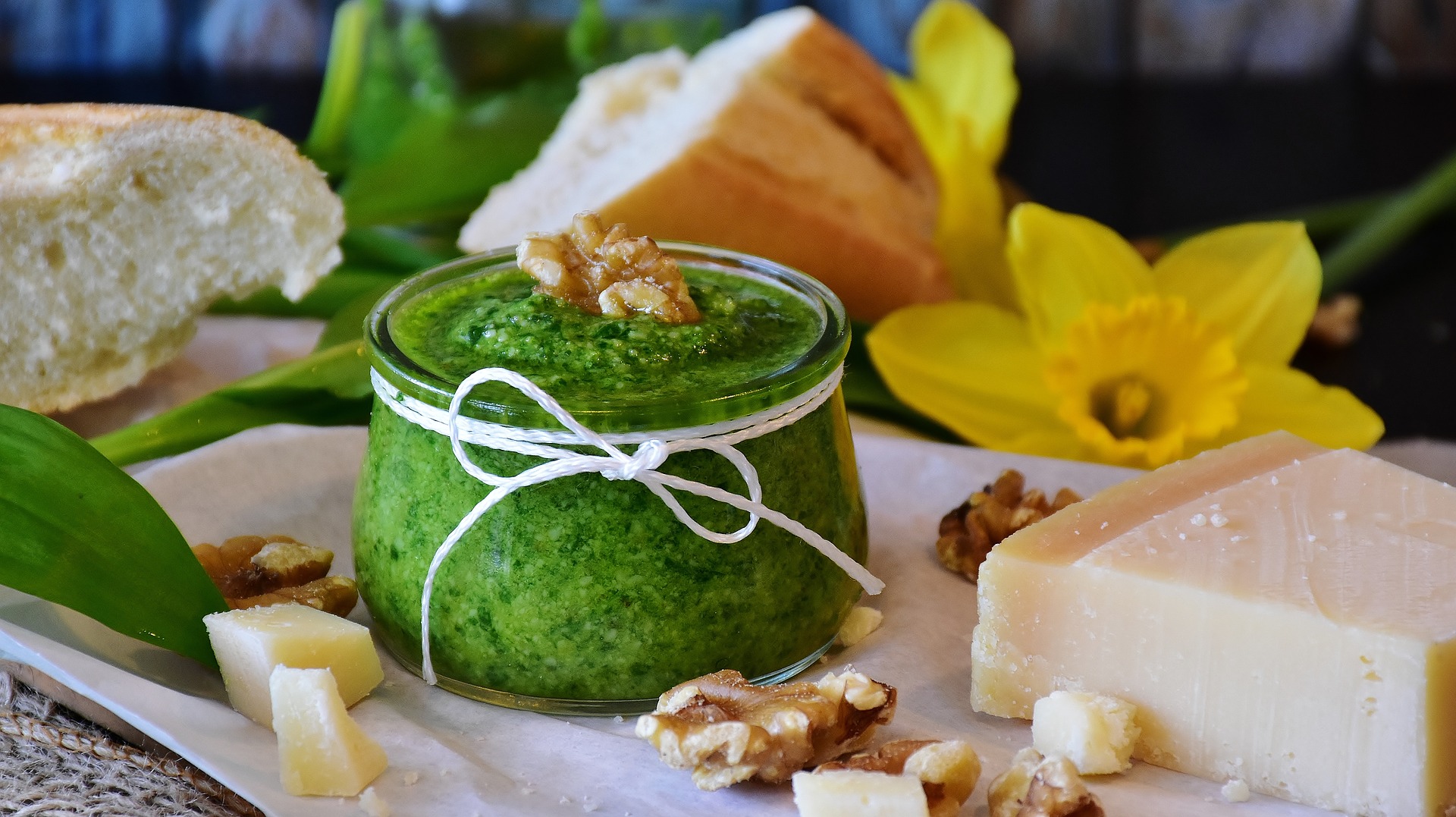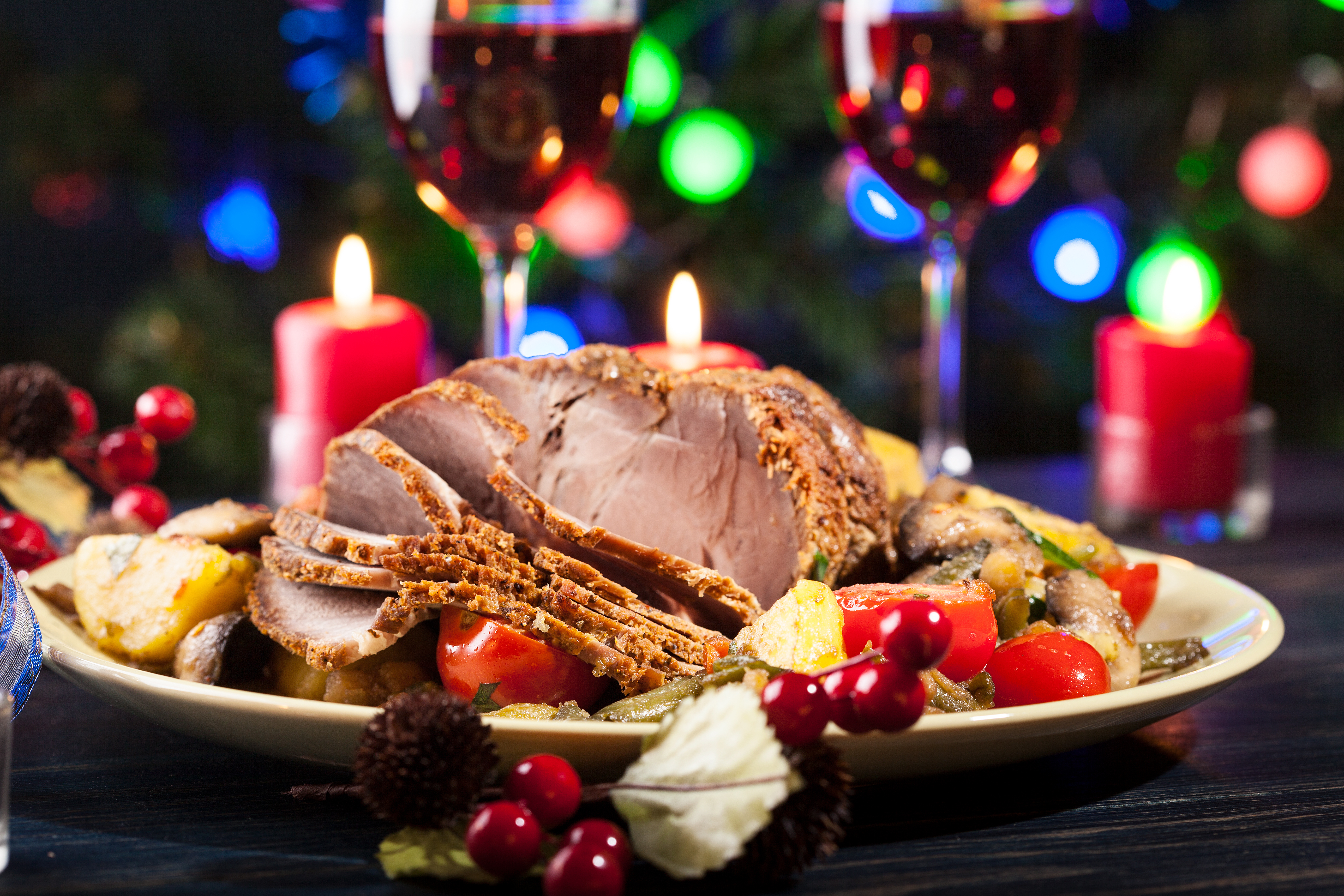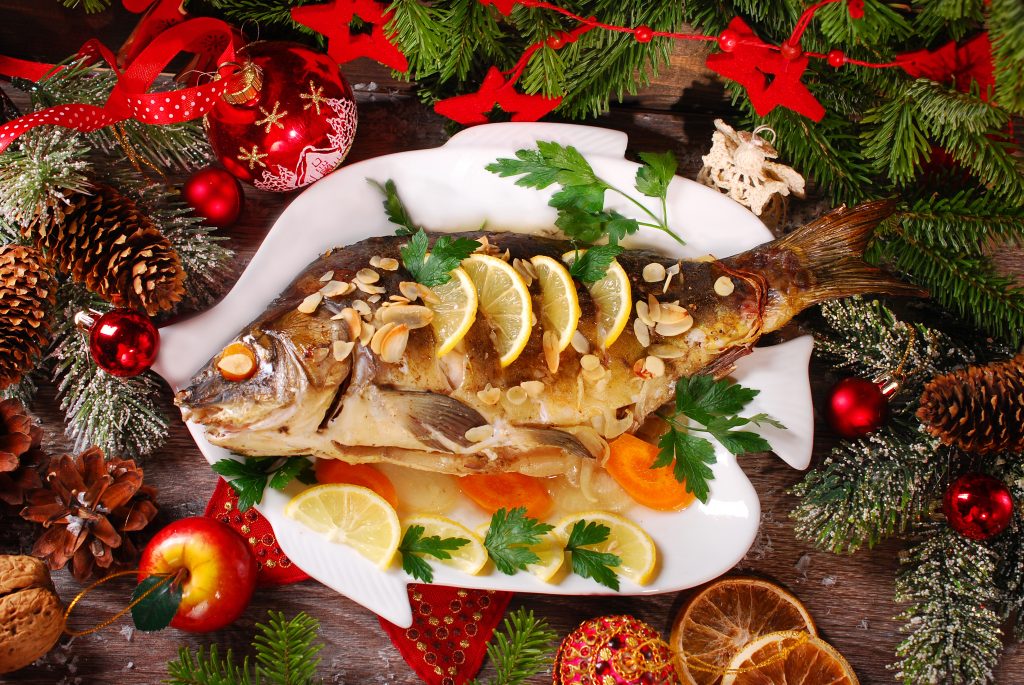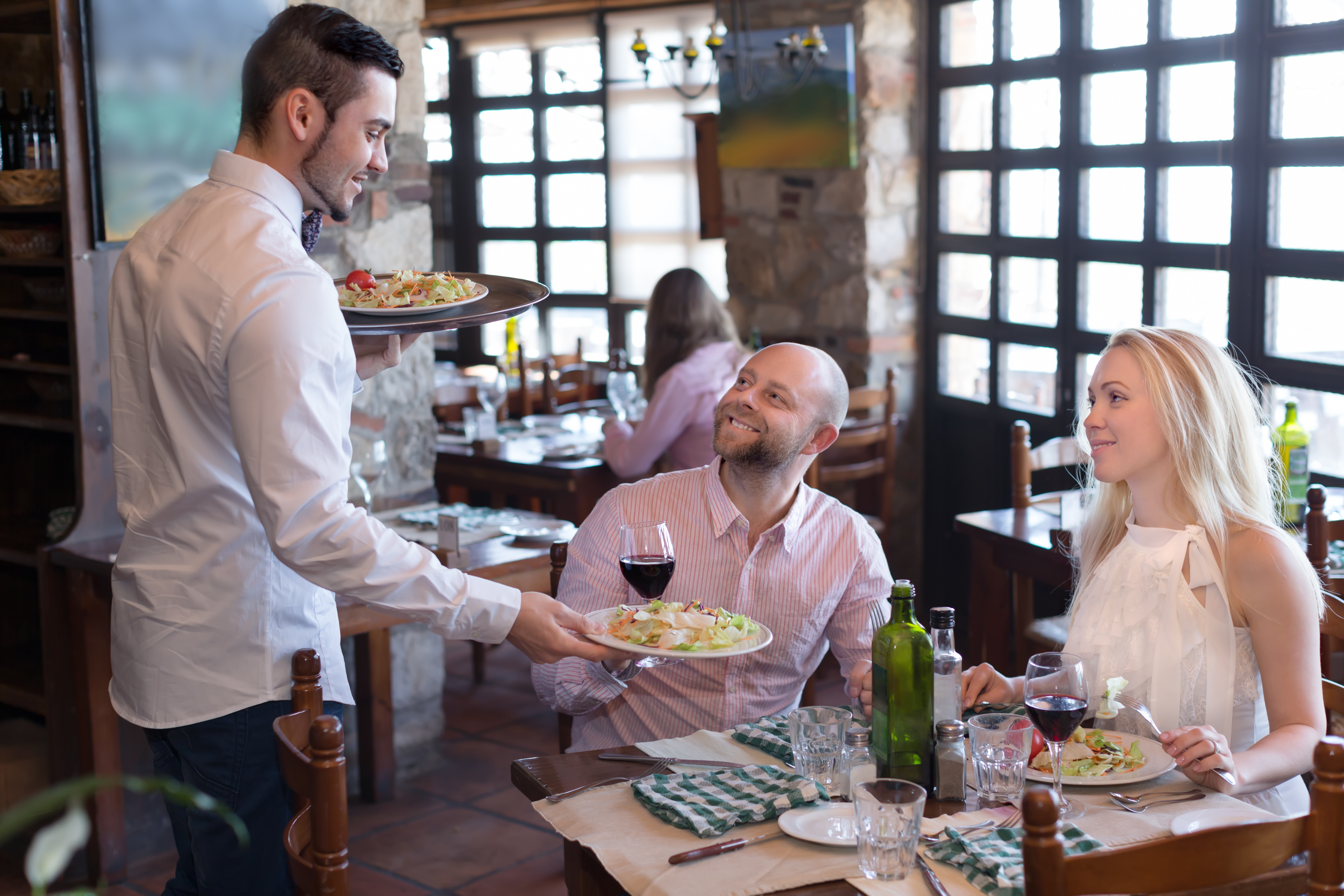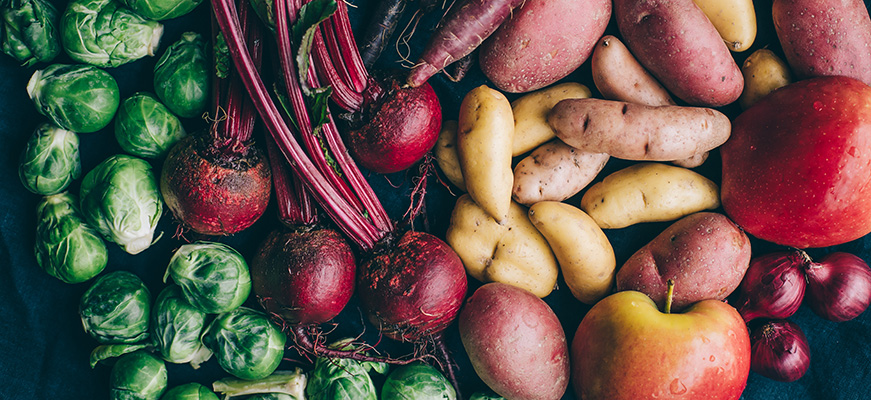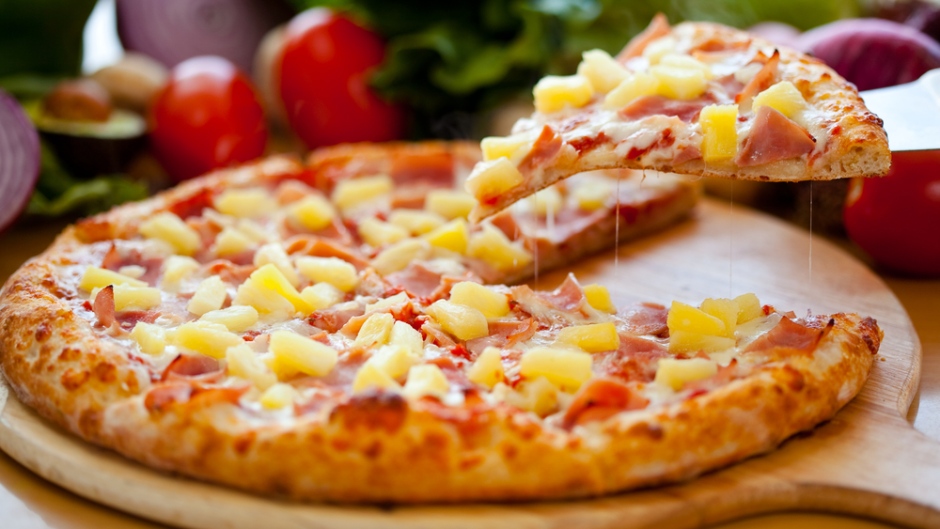Language evolves. Words gradually shift their meanings, and “chef” is no exception. The term chef now appears to be applied to anyone who can cook in a commercial or domestic situation.
The five million evening meals prepared daily in homes across Australia, many TV celebrity chefs, numerous magazines and even the film “Ratatouille” clearly demonstrates that anyone can cook, so by fashionable definition, the word “cook” equates to a “chef”, consequently anyone who can also be a “chef”.
However, they are not “professional chefs”, as a professional chef’s core business is planning, preparing and supervising a commercial kitchen.
The professional cookery industry has a problem with the number of people who are “pretenda chefs”, and who really believe that a legitimate professional chef is only based only on the ability to place food on a plate.
This has led to a substantial number of people in commercial kitchens calling themselves a “professional chef” when in reality they are professional cooks.
The tragedy is that these “pretenda chefs” actually believe they are entitled to be legitimately titled a professional chef and unfortunately con the public into believing this as well.
The measurable difference between a genuine professional chef and a pretenda chef is not only the level of their responsibility but also an intrinsic professional attitude to protect their vocation. This attitude is also very much associated with their use of their commercial kitchen title.
We all know the organisation of a commercial kitchen has changed. The classical brigade was washed down the sink long ago. However, a number of titles remain and must be used correctly to maintain the trade’s image as a specialist vocation.
So here is my opinion on titles:
Apprentice chef – No, it is still an “apprentice cook”.
This is a major factor where the industry, led mainly by “pretenda chefs” continue to take the wrong road by believing that once a cook obtains a level three-piece of paper from a TAFE, while in all probably also being disloyal and changing their employer usually to work for a few more dollars or, even just working in a commercial kitchen preparing food and “Walla” overnight they have metamorphosed into a real professional chef.
Here are some facts:
– You simply cannot be an apprentice “chief”
– It’s not the trade of cheffery it’s the trade of cookery
– When you meet someone who uses words like “are you still cheffing”, “I am cheffing”, “Where are you cheffing”, etc, you immediately realise they do not know what they are talking about.
– Even after completing basic training, they are still a professional cook.
The industry desperately needs to bring back the title of apprentice cook and return learners and young cooks to their reality.
The TAFE education system and Secondary VET colleges are as much to blame here as anyone. In TAFE’s and Secondary schools rush to appeal to their clients, they falsely promote the status of teaching chefs.
Even teachers have taken on false titles such as chef educator” or chef teacher to promulgate the problem. They have forgotten, or worse, do not realise they are professional cookery teachers.
A substantial number of professional cooks should also face their reality. Cooks who call themselves a chef are living in a pretentious world and have become the new age pretenda chef.
The title “chef” when correctly used, very much depends upon the situation.
It is a description, title and compliment that can only be bestowed upon you by others to acknowledge your skills, knowledge and attitude. No one has the right to call themselves a chef. You were trained to be a cook, you are a cook and even when you lead a brigade you are still a cook. Be proud of that fact.
There are titles that can justifiably include the term “chef” and include professional cooks who manage a brigade in a commercial kitchen and have a professional “attitude” towards their vocation. Even then, the correct title should then be Chef de Cuisine. As usual, there are a few “Chef de Quizines” People who work in a commercial kitchen without a professional attitude towards their career and therefore as described are questionable?
There are also new titles in the new age kitchen, the most common is e “Pretenda chef”. (Used to be called “cowboys”) Because calling oneself a chef while not being the chief or responsible for a brigade and/or not having the right professional cookery attitude in reality is only being pompous and arrogant.
I am sorry for you, girls and guys, a lot of you are really commercial cooks and there is nothing at all wrong with that either. In reality, you should be very proud to be a cook. What is tragic, is that so many do not understand the difference a cook and a chef and how valuable a good professional cook is.
Another title that includes chef is “Celebrity chef” – Not actually a professional chef use a recipe approach to food preparation. Excepting those who dress and act like a professional, many are “pretenda chefs” backed up by scriptwriters.
I have always said, that “before you can become a chef you must first realise that you are a cook”. So I say cheers to all the genuine cooks and professional chefs and to the other “pretenda” chefs, as I said once before, keep going and committee suicide.
Then, how many “sou” and “Sioux” chefs do you know who do not even how to spell Sous chef.
Executive Chef.
It also fails belief the number of executive chefs actually outnumber the number of establishments with multiple commercial kitchens.
The title “Executive chef” can only be used by a person who is responsible for multiple commercial kitchens in an establishment and who has “Chef de cuisines” reporting to them.
I know of people who only have one apprentice cook and a kitchen hand and call themselves an “Executive Chef”. Ask an Executive Chef how many kitchens they supervise to test their real authority and attitude and easily identify that they are really a “Pretenda Executive Chef”.
What can be done to reverse this situation?
– Return to calling, advertising, training and calling “apprentice cooks”
– Look suspiciously at anyone calling themselves a chef, if they do, in all probability they are not. A genuine professional chef will always say they are a cook first.
– Laugh at adverts for second and third-year apprentice cooks placed by establishment’s intent on poaching apprentices, mainly because the pretenda chef does do not have the ability to train their own.
– Insist on Tafe and secondary schools returning to teaching apprentice cooks
– Educate the general public to recognize the difference between:
- An apprentice cook and a pretenda apprentice chef
- A professional chef and a pretenda chef
- A professional Executive Chef and a pretenda Executive Chef
Last but not least, take on board and accept the Australian Culinary Codes of Practices. By accepting this simple code you will demonstrate that you have the right professional attitude so that we all can you a chef.
Reprinted from salonculinaire.com
- Chef Jock Stewart

